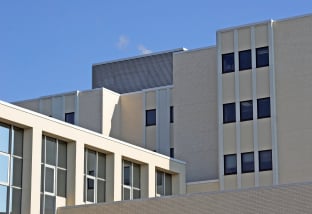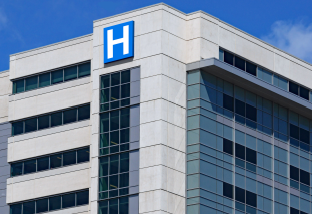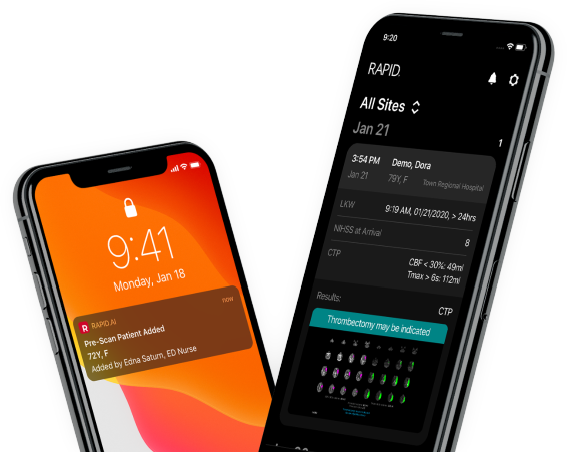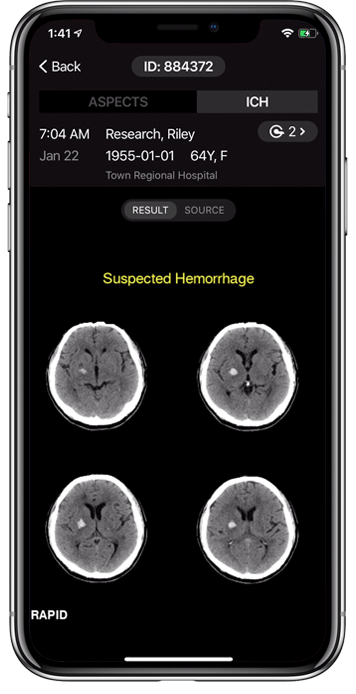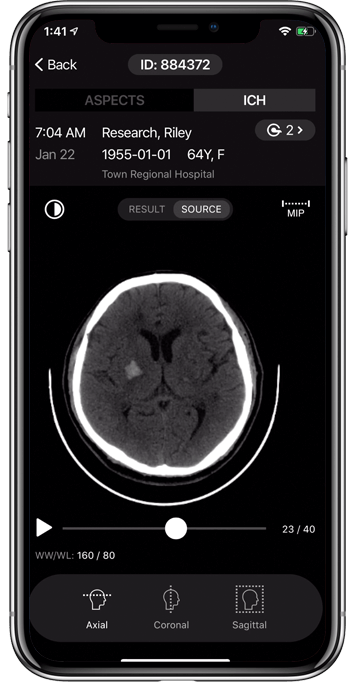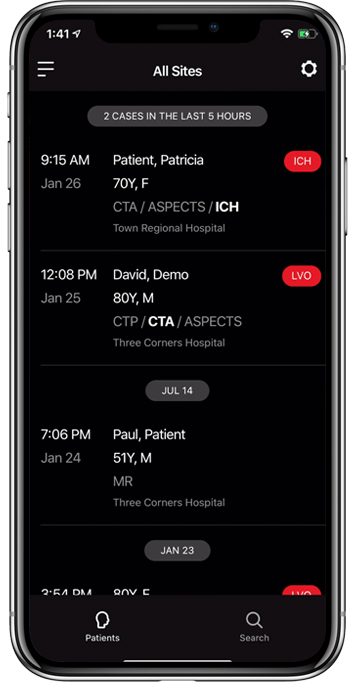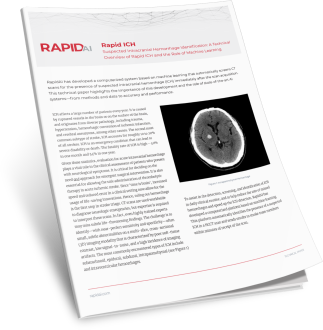Using the latest artificial intelligence technology, Rapid ICH quickly triages non-contrast CT (NCCT) scans and notifies clinicians at both the referring community hospital and comprehensive treatment center. This enables neurology specialists at comprehensive centers to better identify patients who would benefit from costly transfers and those better suited for comfort care in their community hospital.
- All head trauma patients are sent to hub
- Generates unnecessary transport fee
- Needlessly fills a “valuable” bed
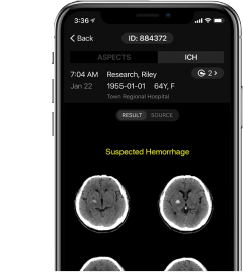






.svg)
